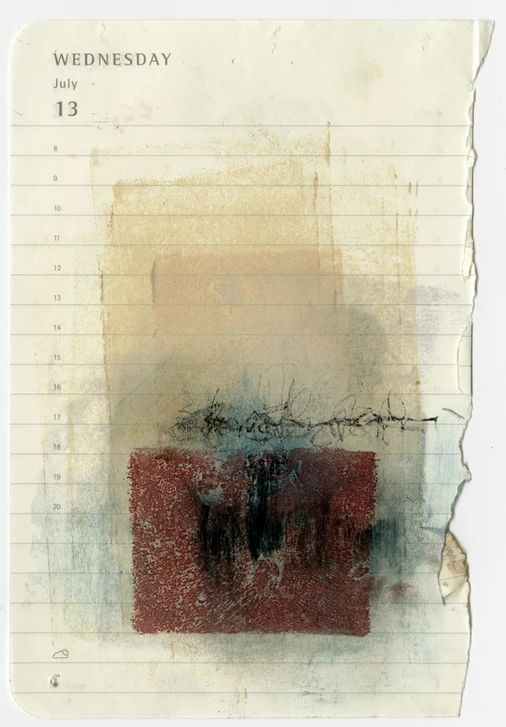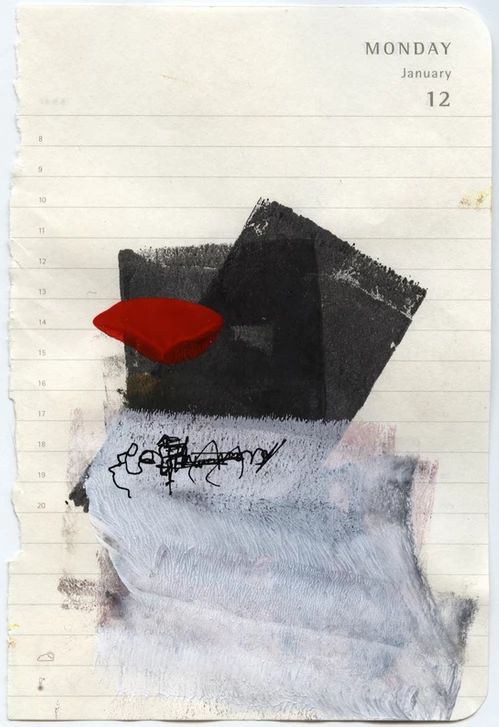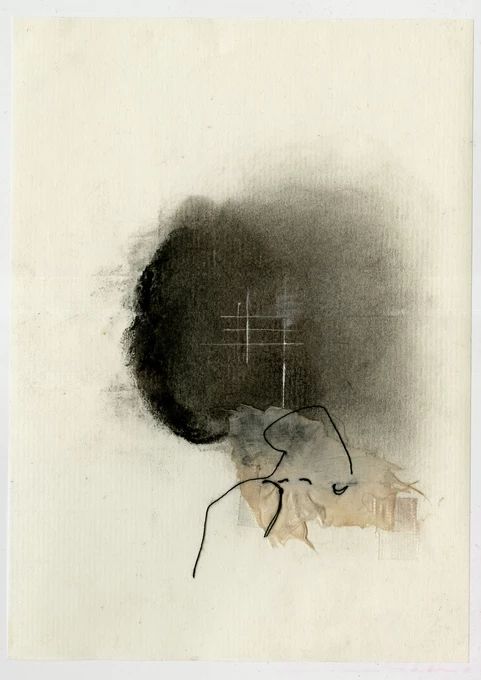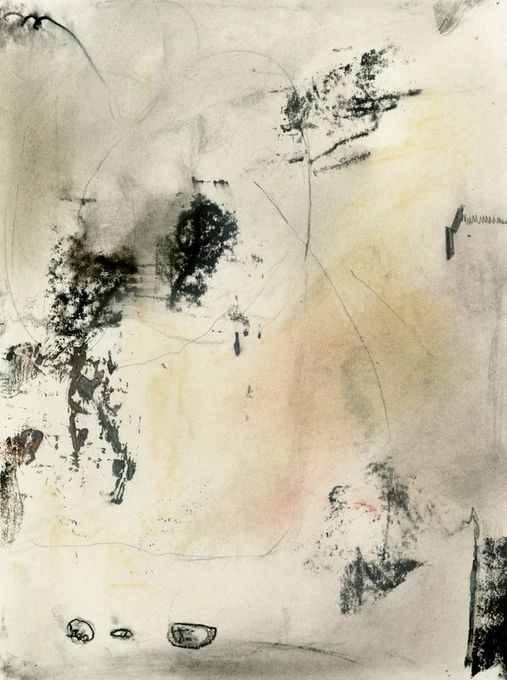interview
RITA BERNSTEIN
artist
︎ New York/USAmay 17, 2020


Could you please introduce yourself a little? Where are you from and how did you start to explore art?
I am a native New Yorker and grew up in a family interested in culture of all types. My sisters and I took painting, music, and dancing lessons. Somewhat ironically, I was considered the least artistic member of the family because I couldn’t draw, meaning that I couldn’t accurately describe reality on paper. By that definition, I still can’t draw!
Did you have any creative or artistic role models growing up?
Several of my parents’ close friends were visual artists and I often received their work as gifts — I am still surrounded by most of it in my “grown up” home. Plus, my parents collected art on a modest scale.
So I understood from a young age that being an artist was a special and valued pursuit. My father was also a very avid photographer and an early adopter of Polaroid materials. I fell in love with photography as a child; it was the perfect medium for someone who couldn’t draw. I eventually realized that my artistic strength was that I could “see,” and that I had a sensitivity to aesthetics.
You studied Fine Arts. What made you pursue formal art education, and what did it do for you?
I went to graduate school in art much later in life. Previously, I had gone to law school and was a civil rights attorney for many years. I’ve always loved being a student/learner, and I craved the intensity of an MFA program. It was tough at first, finding my place in a class of grad students much younger than I, but soon enough I felt accepted by, and connected to, my classmates; what we had in common was more significant than the age and experience disparities that separated us. The professors and critiques were enormously valuable in helping me to identify and shape my own path in artmaking.



How would you describe your style in your own words?
Definitely spare, reductive, minimal, and reticent. I work exclusively on paper which, like skin, is fragile and permeable. In a world where a great majority of contemporary work is loud and competing for attention, I value what is otherwise and regret that it is often overlooked. I am interested in how little one can say and still convey meaning.
Did it take you long to develop your own voice? Was there a lot of experimenting involved, or did you always know what works for you?
It took some time to figure out what was most important to me — in terms both of personal values and aesthetics. But being process-oriented and experimenting with a wide range of media and materials played a key role in my development (ongoingly).


How do you think your work has changed over the years?
I spent many years as a fine art photographer and then, when digital overwhelmed analog and many of my cherished materials became scarce, I started exploring painting and drawing. I also wanted more of my hand in making work than was possible with even darkroom photography. But my love of light, and its many qualities and permutations, has been a constant.
Are there any themes, ideas, or messages that you feel are particularly present or significant in your work?
Silence; autonomy vs. affiliation; time; vulnerability; reconciliation; resilience; wounds; rupture and repair.
You have a series called ‘Diary Pages’? What are you trying to express with it? And how long have you been working on it?
The “Diary Pages” have been an ongoing part of my practice for about five years. I think of them as representing fragments of thought, feeling, and sensation. They are provisional and ephemeral: the realization of a moment or the residue of a day. Made on familiar, disposable calendar pages, they juxtapose the orderly passage of time, and our desire for structure and predictability in our lives, with the messy, often random realities that actually characterize our days. This series has probably gotten the biggest response among my bodies of work, maybe because diary pages are accessible and relatable.


What else are you working on currently?
My work almost always has a psychologically undercurrent but, in general, a new series tends to evolve organically. I typically have many pieces in progress, and I move from one to the other based on my mood and insights. No preparatory sketches ever — when I’ve tried that approach, the final work never has the life or energy of the original sketch.
Who are some of the artists you admire?
Eva Hesse, Richard Tuttle, Brice Marden, Louise Bourgeois, James Bishop, Zarina Hashima, Robert Ryman, and Anne Truitt, among many visual artists. I have also been influenced by writers, including Lydia Davis, Samuel Beckett, and Edward Albee.
Rita Bernstein ︎ ︎
Interview: Petra Zehner